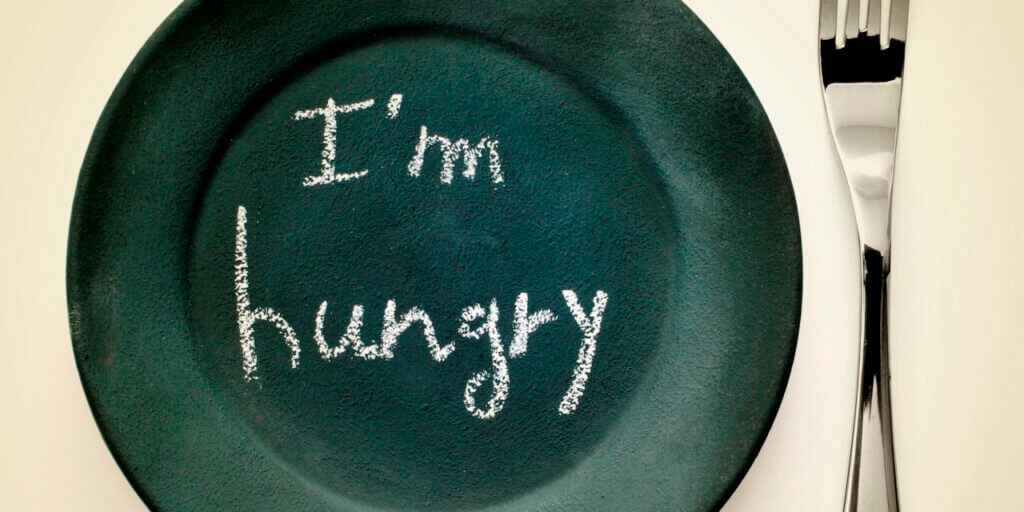
While trying to make a better life for themselves and their families, many college students are faced with a barrage of sacrifices. Food should not be one of them. Many college students struggle to feed themselves, negatively affecting graduation rates. As the problem of food insecurity grows, more light must be shed on the sad trend amongst college students striving to complete their degrees.
Harvard Graduate School of Education Dr. Anthony Jack and Cheryl Sternman Rule, the National Marketing Manager at Bon App├®tit Management Company, a food service provider, compiled a study on food insecurity on college campuses. According to their research, there are two types of food insecurity on campuses. Community colleges, state colleges, and other higher education institutions experience chronic food insecurity where students do not know “when their next meal is coming is more of everyday reality,” Professor Jack explains.
The other type of food insecurity, which is widely overlooked but prevalent, on campuses is episodic. There are well-resourced campuses with dining halls where lower-income students often are challenged with how to feed themselves during holiday breaks as dining halls tend to close during these times.
According to the U.S. Government of Accountability (GOA), “almost two million at-risk students who were potentially eligible for the Supplemental Nutrition Assistance Program (SNAP) did not report receiving benefits in 2016. Low-income is the most common risk factor for food insecurity among college students. Most low-income students have one risk factor associated with food insecurity, such as being a first-generation student or a single parent.”
In 2015, Dr. Jack led an effort to keep Harvard dining halls open over spring break. He knew all too well what lower-income students, even at the nation’s wealthiest institutions, face during school breaks when returning home was not in the budget for certain undergraduates.
Researchers, education officials, USDA Food and Nutrition Service national and regional offices, and officials at 14 colleges, including students from eight of these colleges, were interviewed by the GAO for this study. All state SNAP agencies received emails from GAO about their efforts related to students.
The GOA noted that there is increasing evidence indicating some college students are experiencing food insecurity. Food insecurity can negatively affect their academic success. Truth be told, college students are only eligible for SNAP in certain states. If we consider the enormous federal investment in higher education and the consequences of not having a college degree, it is easy to comprehend why the GAO was asked to review the common unfortunate situation many college students experience regarding food insecurity
A few residential colleges have dining halls open during breaks, subsidized unlimited meal plans, and have begun facilitating “swipe sharing” among students. This enables wealthier students to donate some of their meal swipes to their peers, which has helped the cause immensely.
Community colleges must address the issue differently. Their students tend to be older and more likely to be supporting other family members. The Harvard Graduate School website states that all sorts of schools from community colleges like Bunker Hill Community College to the ivies like Columbia University operate food pantries. The article also suggests other solutions on the policy level. There is a federal requirement that students work at least 20 hours a week, which may often be nearly impossible to balance with full-time study.
If changes are made regarding work requirements and other barriers to eligibility and student awareness increases, more students could be helped.
Students were once able to use the Pell Grant for up to $6,095 a year for tuition and any other remaining funds for other educational related expenses, such as books or food. As a result, the number of lower-income students enrolled in college soared, and so too did college tuition.
According to The College Board website, their own research finds the average in-state tuition and fees for a state school is $10,320.00, almost double the amount of the maximum Pell Grant. Theoretically, students are in debt before they can even think about living expenses.
Celebrities are all also getting on the bandwagon regarding food insecurity. Rockstar Bon Jovi has started a program at Rutgers University for students dealing with food insecurity.
CUNY also has food pantries available please contact your CUNY College website for more information.
